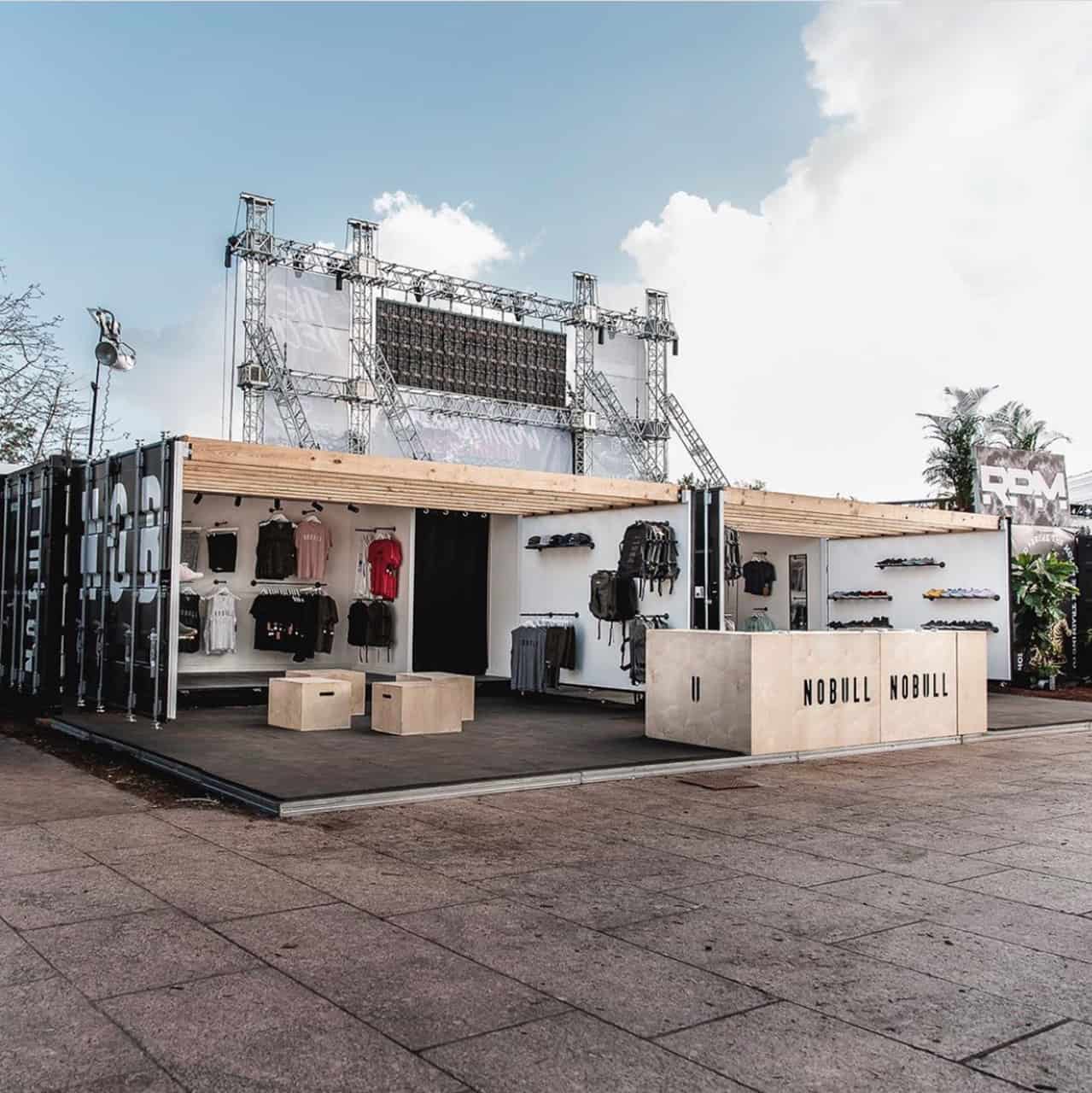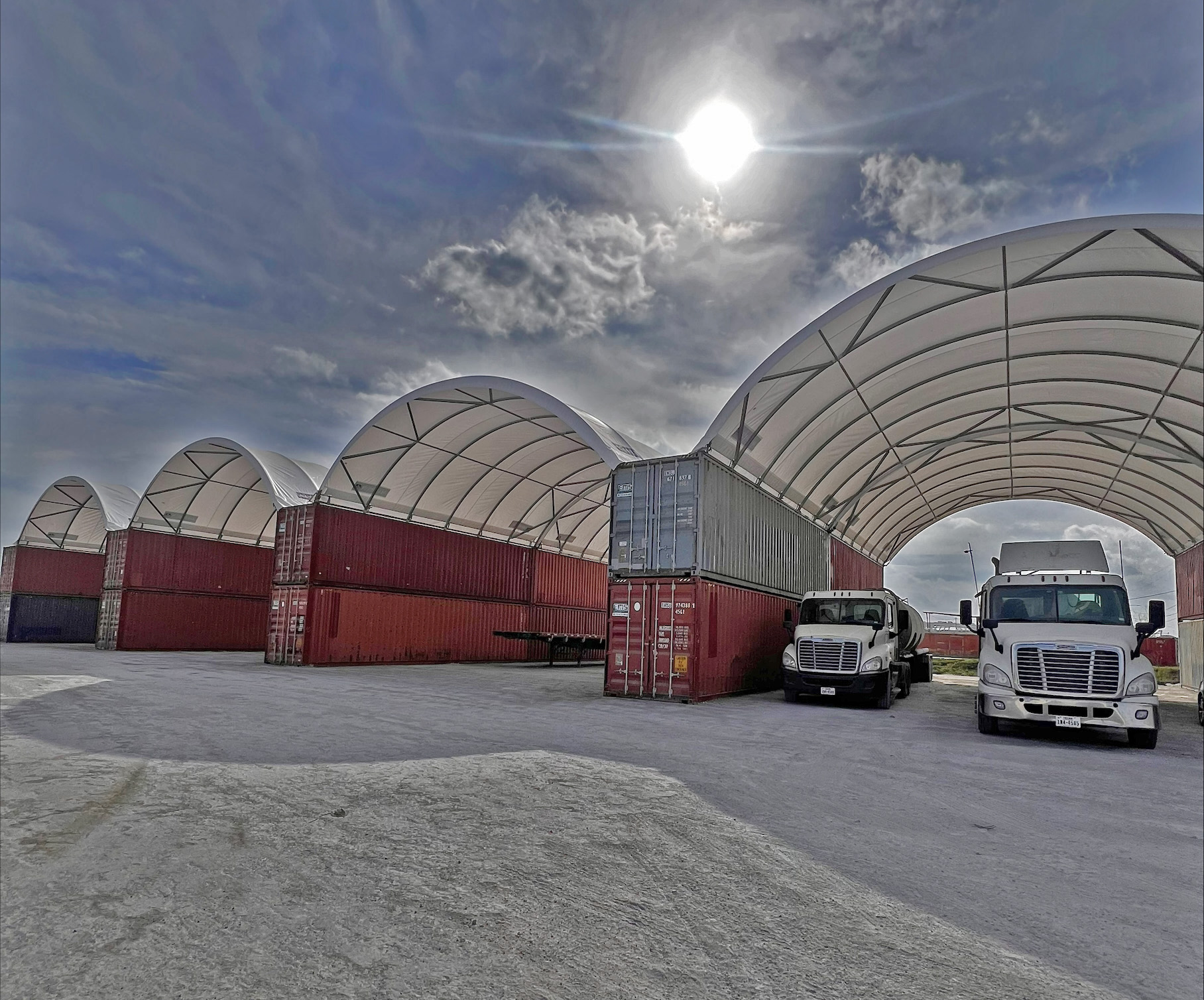Repurposing a shipping container for various other projects has gotten a lot more common in recent years. Units that used to be exclusively meant for transporting cargo overseas or on the back of long-haul trucks are suddenly showing up as a structural base for hip and cool hostel buildings, mobile offices, food trucks, and even family homes.
Whatever your vision for repurposing is, however, it is important to do is a thorough inspection of the shipping containers for sale you are interested in. This is so that you ensure not only that you get your money’s worth, but more importantly, your safety too.

New vs. Old
The inspection of new versus old containers may differ, but a brand new should still undergo inspection just the same.
From the get-go, you can already set and manage your expectations as to the quality of the units. As soon as you check the new unit for any structural defects,you can go right ahead to using it according to your need. For an old unit, however, the inspection alone may already take longer, especially since there are a lot of variables that will have to be factored in before it can be declared as certified safe for use.
Here are some of the more important areas of concern that you should look at during inspection.
Container Body – Dents, scratches, or holes can seriously affect the quality of a container unit. Although these may show up a lot more in used units, it should still be assessed if these defects can still be easily repaired.
Corrosion is also one of the more common on the container body, especially on the roof area. Water tends to accumulate in this section of the unit, and over time, it can lead to rusting and corrosion, which then leads to the disintegration of the material.
While you’re at it, you also should check the body paint too, both inside and out. Flaking or chipped paint may be a sign of rusting or corrosion. It would be best to have a professional inspector get a closer look to see if it’s just paint cracking, or if there’s a bigger problem underneath that should be addressed.
If you’ll be repurposing the container for a house, you’ll most likely be repainting it anyway, so might as well check for problem areas right now.
Flooring – The same should be checked from the flooring inside. On top of corrosion or holes, however, the floor should also be inspected for signs of rotting, especially if it had been previously used to transport perishable items. Rotting sections of the container van may soon give way, leaving a tear or a hole in it.
Corner Posts – The corner posts are crucial because this is what gives the container van its main structural strength. Without it, it’s just going to be one long tunnel of unsupported metal. If any rust or corrosion are found in the corner posts, it could mean that the structural integrity of the unit may be compromised.
Doors and Locks – Container units have a rather simple safety mechanism. There’s a twist lock that seals both top and bottom part of the door to make sure that they don’t burst open. First of all, however, the doors itself must squared and able to seal properly. Otherwise, if it does not seal as it should, it may be the very cause of the defect of the locks as it pushes itself against it.
For all of this, you can coordinate with your container unit supplier, such as Equipment Management Services for advice. Staff of reliable shipping container suppliers will help you find the container that suits your needs best.
Sources
Tips to Passing a Container Inspection, CompleteMarineFreight.com
How to Purchase Your Shipping Containers, ContainerHomePlans.org









